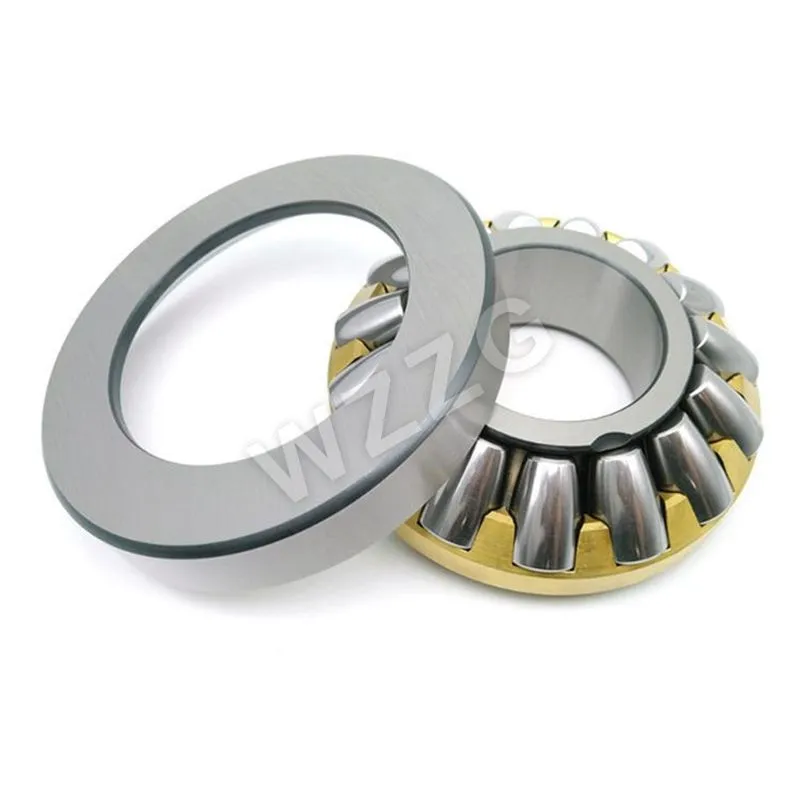Identifying a thrust bearing involves examining its distinctive features and understanding its specific role within a mechanical system. Here are key steps to help identify a thrust bearing:
1. Location in the Assembly:
Thrust bearings are typically positioned to handle axial loads, which are forces acting parallel to the axis of rotation. Identify the location where axial loads are expected in the mechanical assembly.
2. Design and Structure:
Thrust bearings have a specific design optimized for axial loads. Look for flat or grooved surfaces on the bearing that indicate its capacity to handle thrust forces.
3. Shape and Size:
Thrust bearings come in various shapes and sizes depending on the application. Common configurations include flat washers, ball thrust bearings, and roller thrust bearings. Examine the shape to determine if it aligns with the characteristics of a thrust bearing.
4. Axial Load Capacity:
Check the specifications or markings on the bearing for information regarding its axial load capacity. Thrust bearings are designed to withstand significant axial loads without compromising their functionality.
5. Contact Points:
Thrust bearings often have specific contact points, such as ball bearings or rollers, that facilitate smooth axial movement. Identify these contact points to distinguish a thrust bearing from other types of bearings.

6. Application Context:
Consider the context of the machinery or equipment. Thrust bearings are commonly found in applications where axial loads are prevalent, such as in gearboxes, automotive transmissions, and certain types of rotating machinery.
7. Documentation and Markings:
Check any documentation, labels, or markings on the bearing for indications that it is a thrust bearing. Thrust bearings Manufacturers often provide information that specifies the type and purpose of the bearing.
8. Consultation with Experts:
If uncertain, seek advice from experts, such as mechanical engineers or professionals familiar with the specific machinery. They can provide insights based on their experience and knowledge of thrust bearings.
9. Online Resources:
Utilize online resources, including manufacturer websites, catalogs, and technical documentation, to identify the characteristics and specifications of thrust bearings. These resources can offer valuable information about various types of bearings.
10. Visual Inspection:
Conduct a visual inspection of the bearing and its surroundings. Look for signs of wear, damage, or deformation that may affect its performance as a thrust bearing.
By combining these steps and taking a comprehensive approach to observation and analysis, one can successfully identify a thrust bearing within a mechanical system. Understanding the purpose and characteristics of thrust bearings is essential for ensuring proper functioning and longevity in machines subjected to axial loads.
225
0
0
All Comments (0)
If you are interested in sending in a Guest Blogger Submission,welcome to write for us!
Comments